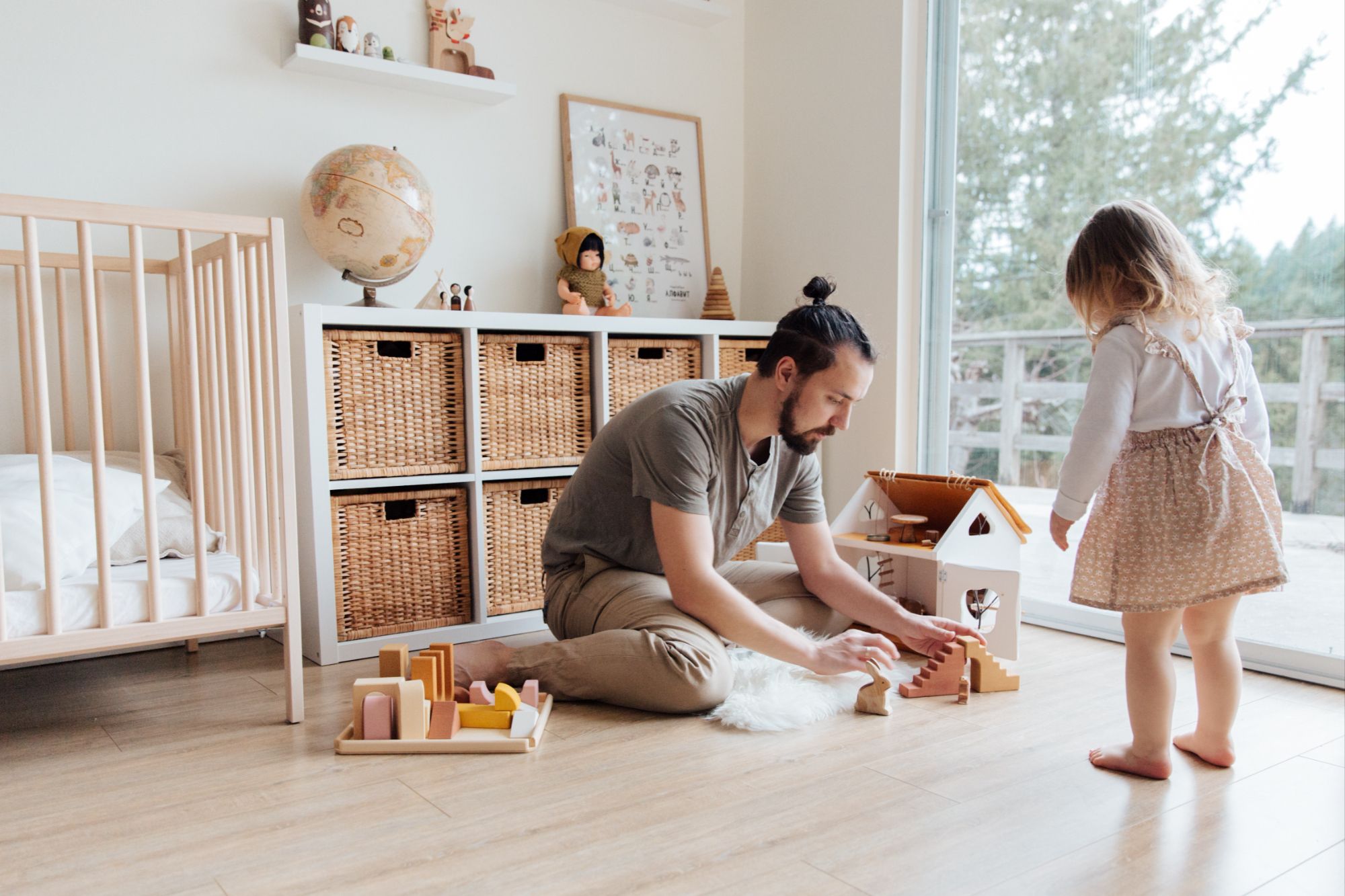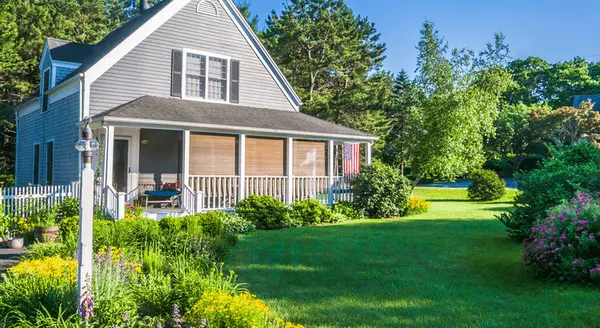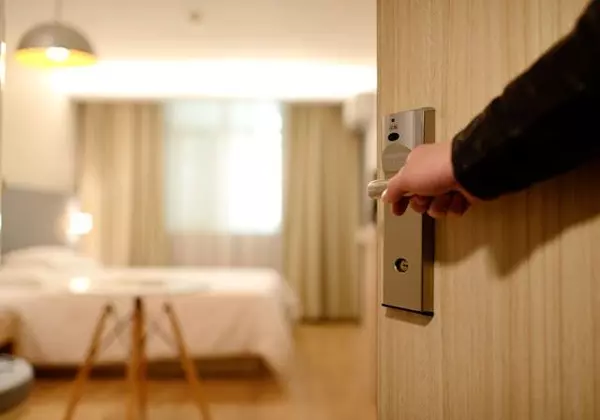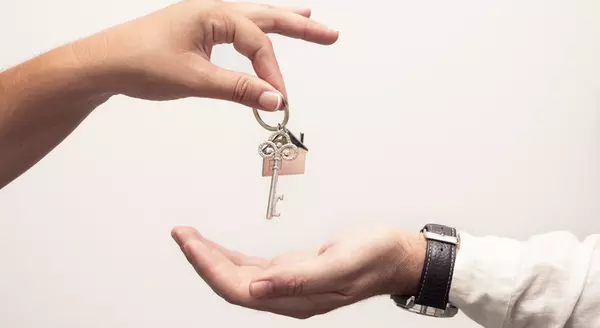Kid-Friendly Home Design: Creating Safe and Stimulating Spaces for Children

Designing a home that is both safe for children and stimulating for their growing minds is a delightful challenge for parents and homeowners. A kid-friendly home is not just about adding a few toys; it's about creating an environment that fosters creativity, learning, and, most importantly, safety. In this blog, we'll explore how you can transform your living space into a haven where your little ones can explore, play, and thrive.
-
Childproofing Essentials:
Start with the basics. Childproof your home by covering electrical outlets, securing furniture to the walls, and installing safety gates at the top and bottom of stairs. Lock away cleaning supplies and sharp objects to create a secure environment.
-
Educational Play Zones:
Designate specific areas for educational play. Integrate colorful storage solutions for toys, books, and art supplies. Create a cozy reading nook with soft cushions and good lighting to encourage a love for books.
-
Interactive Wall Art:
Transform walls into interactive learning spaces. Use chalkboard or magnetic paint to create areas where kids can draw, write, and learn. Interactive wall art fosters creativity and allows children to express themselves freely.
-
Nature-Inspired Elements:
Bring the outdoors inside by incorporating nature-inspired elements. Use natural materials like wood and stone in your décor. Create a mini indoor garden with easy-to-care-for plants. Nature-themed rooms provide a calming atmosphere for kids.
-
Flexible Furniture:
Invest in multifunctional, adjustable furniture. Tables with storage, bunk beds with desks underneath, and modular seating arrangements provide versatility. As your child grows, the furniture can adapt to their changing needs.
-
Sensory Play Areas:
Integrate sensory play areas. Consider a small sandbox, a water table, or a DIY sensory wall. Sensory activities enhance cognitive development and provide hours of entertainment.
-
Artistic Expression:
Dedicate a space for artistic expression. Install a wall-mounted easel or a large chalkboard where kids can unleash their creativity. Display their artwork proudly to boost their confidence and creativity.
-
Safety-Focused Bedrooms:
In bedrooms, prioritize safety. Use cordless window coverings, anchor heavy furniture, and choose low-profile beds. Install nightlights to alleviate fear of the dark, ensuring a peaceful sleep environment.
-
Playful Learning:
Incorporate educational games and puzzles into the décor. Frame maps and educational posters as wall art. Playful learning promotes cognitive development while making the home visually stimulating.
-
Encourage Independence:
Design spaces that encourage independence. Lower shelves and hooks in closets empower children to select their clothes and toys. A step stool in the bathroom and kitchen allows them to be more self-reliant.
Conclusion:
Creating a kid-friendly home is about balance. It's about fostering an environment where children can learn, play, and explore safely. By incorporating these design elements, you not only provide a stimulating space for your little ones but also ensure their safety and well-being. A thoughtfully designed home becomes a foundation for their growth, curiosity, and creativity, shaping them into confident individuals ready to explore the world around them. So, embrace the creativity, embrace the chaos, and transform your home into a haven where your children can truly thrive.
Categories
- All Blogs (781)
- Buyer's Market (9)
- Cash Flow (2)
- Design and Maintenance (42)
- Featured Listings (6)
- First-Time Home Buyers (39)
- Holidays (5)
- Home For Sale (7)
- Home Loans (3)
- Home Pricing (3)
- Home Showing (2)
- Homeowners (24)
- Investment Properties (9)
- Market Update (10)
- Mortgages (9)
- Real Estate Fun Facts (12)
- Real Estate Investors (22)
- Real Estate Marketing (13)
- Seller's Market (4)
- Selling Your Home (20)
- Sold Homes (12)
- South Jersey Updates (26)
- This Weekend Happenings (28)
- Tips For Home Buyers (17)
Recent Posts

![Builders Are Building Smaller Homes [INFOGRAPHIC]](https://img.chime.me/image/fs/chimeblog/20240504/16/w600_original_39aacbf5-2468-464c-acda-b86e3e29eff4-png.webp)








GET MORE INFORMATION

